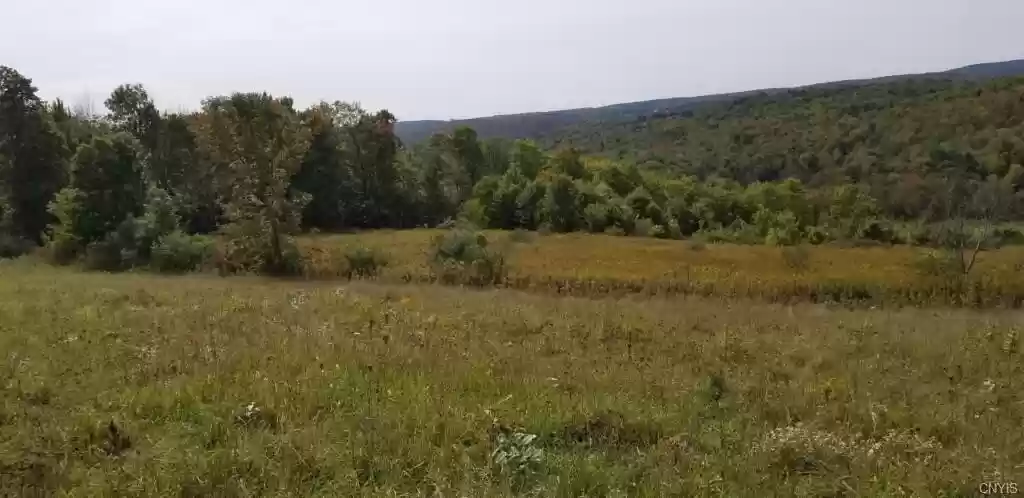What we hope to accomplish and attain from our efforts

Overall Intention: We hope to use the 7 acres of abandoned hay field as a home for a permaculture nut orchard that accomplishes multiple goals.
The first goal is to increase our food security as a family.
Hazelnuts and Chestnuts are extremely powerful in terms of the calories they can produce per acre. Chestnuts can produce 3 MILLION CALORIES per acre of quality carbohydrates with some fat and protein 1. Hazelnuts produce less carbohydrates, but are extremely rich in quality fats and protein. Calorie-dense fat allows hazelnuts to produce an amazing 5 MILLION CALORIES per acre 2! To put this in context, a fully grown human consumes approximately 2500 calories per day, 365 days of the year. That comes out to about 1 million calories per year. Each acre of our farm, once it is fully established, can feed a family of 4 for an entire year. But we’re not done yet!
While we’re producing all this food, we’re also developing high-quality hazelnut cultivars. The hazelnut industry is on the verge of a tremendous explosion. New disease-resistant cultivars are being produced every year. These cultivars have bigger nuts, are more vigorous, and are more productive! Someday, we may look back on this article and chuckle at the quaint estimates of 5 million calories per acre for the humble hazels of yesteryear. Our second goal is to plant a multitude of seedling hazelnuts with wild genetics, and then select from those seedlings the best, hardiest, most productive examples. Those stellar hazelnut champions can be patented, vegetatively cloned and planted elsewhere. This is the secondary crop.
For our third goal, we can glean benefits rather than expending costs maintaining the orchard floor. The alleyways between the shrubs and trees can be grazed by sheep, cattle, pigs, poultry, or all four! These animals not only eat by doing the mowing for us, but they also contribute fertility with their waste as they browse 3. This strategy, called silvopasture, helps us to stack functions while also reducing our reliance on chemical fertilizers and fossil fuel mowers.
Finally, our fourth goal is to produce a variety of understory crops. Taking lessons from Stefan Sobkowiak’s Miracle Farm, we can plant shade-tolerant shrubs, vegetables, and herbs. These include currants, rhubarb, honeyberries, gooseberries, mint, oregano, thyme, Egyptian walking onion, asparagus and dozens more.
As an adjunct to all these physical goals, our bonus goal is to disseminate all the knowledge and information that we collect in the process of learning by doing. We’re sure to fail in many regards, but I firmly believe that those failures will be a part of a larger success story that I hope will bless generations to come. I would love if my efforts made it possible for hundreds or even thousands of people to develop and maintain their own permaculture nut orchard.
I hope you’re excited! And I hope you follow along with us. My next post will describe the challenges we face in establishing the orchard.
If you want more material on the opportunities discussed above, check out our sources page for a list of authors, books, and YouTube channels that have inspired us!
If you’d like to get email notifications when I post new stuff, click here!
Sources Cited
1 https://whitetailhillchestnuts.com/pages/why-should-i-plant-trees
2 https://smallfarms.cornell.edu/2016/10/hazelnut-trees-are-easy/ (for our calculation, calories per pound was estimated at 2800/pound)
3 https://www.permaculture.co.uk/articles/holistic-planned-grazing-sheep-orchards (many other sources are available along these lines, it’s just a search away)
Leave a Reply